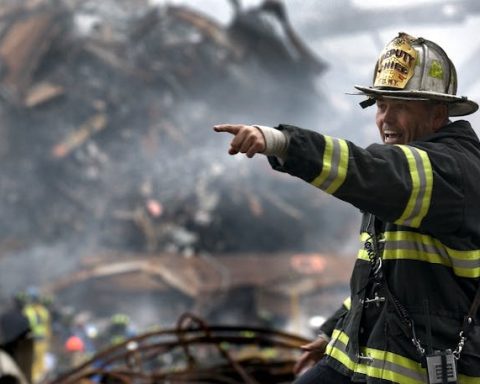Safety on construction sites is a critical concern, with countless injuries reported annually due to insufficient precautions. Prioritizing best practices in safety not only protects workers but also boosts productivity and ensures compliance with regulations. Here, we discuss essential safety practices for construction sites, emphasizing the importance of awareness and preparedness even for non-electrical workers regarding electrical hazards.
Identifying Potential Hazards
A preliminary step in enhancing safety is the comprehensive identification of potential risks, which include fall hazards, unsecured machinery, and electrical threats. Workers across all specializations need to recognize these risks as they navigate their daily tasks on the site.
Training and Education
The foundation of a safe construction site is extensive and ongoing training. Workers should be educated about:
- The correct use of personal protective equipment (PPE)
- Safe operation of machinery
- Protocols for working at heights
- How to respond in an emergency
- Recognizing and mitigating electrical risks, such as using specialized tools like arc flash lanyards, which are vital even for non-electricians.
Essential Personal Protective Equipment
On any construction site, PPE is non-negotiable. Basic protective gear typically includes hard hats, safety goggles, gloves, and steel-toed boots. For those near electrical tasks, additional protective gear against electrical discharges is prudent—even for those not directly handling electrical components.
Conducting Safety Audits
Safety audits are a proactive measure to keep safety practices up-to-date and to preempt potential hazards. These audits help ensure that safety protocols are continuously followed and that any new safety technology, such as advanced safety lanyards, is properly integrated and understood.
Clear Communication Channels
Safety on a construction site relies on clear, effective communication, which includes proper signage, routine safety briefings, and open dialogue between all levels of staff. Ensuring that everyone is informed about ongoing and potential risks, especially in dynamic environments, is crucial.
Promoting Safety Culture
A robust safety culture is cultivated by leadership and embraced by all employees. Promoting such a culture through recognition of safe practices encourages adherence to safety measures and helps maintain a high morale.
Emergency Preparedness
Being prepared for emergencies with clear, practiced procedures is essential. Sites should have specific strategies for various emergencies, including electrical incidents, and ensure all personnel, even those not typically involved in electrical work, are trained in using safety tools like arc flash lanyards.
Customizing Safety Measures
While general safety guidelines provide a good framework, customizing these guidelines to fit specific site conditions and challenges ensures that safety measures are practical and effective in providing real protection.
By implementing these best practices, construction firms not only safeguard their workforce against common and specialized hazards but also build a foundation for continuous safety improvement. Tools such as arc flash lanyards from providers like Western Safety play a crucial role in this comprehensive safety strategy, underlining the need for readiness across all job functions.
A commitment to thorough, adaptive safety practices can transform a construction site from a place of potential danger to a model of efficiency and security, where every measure, from basic PPE to advanced electrical safety gear, is a testament to the industry’s commitment to protecting its workers.






